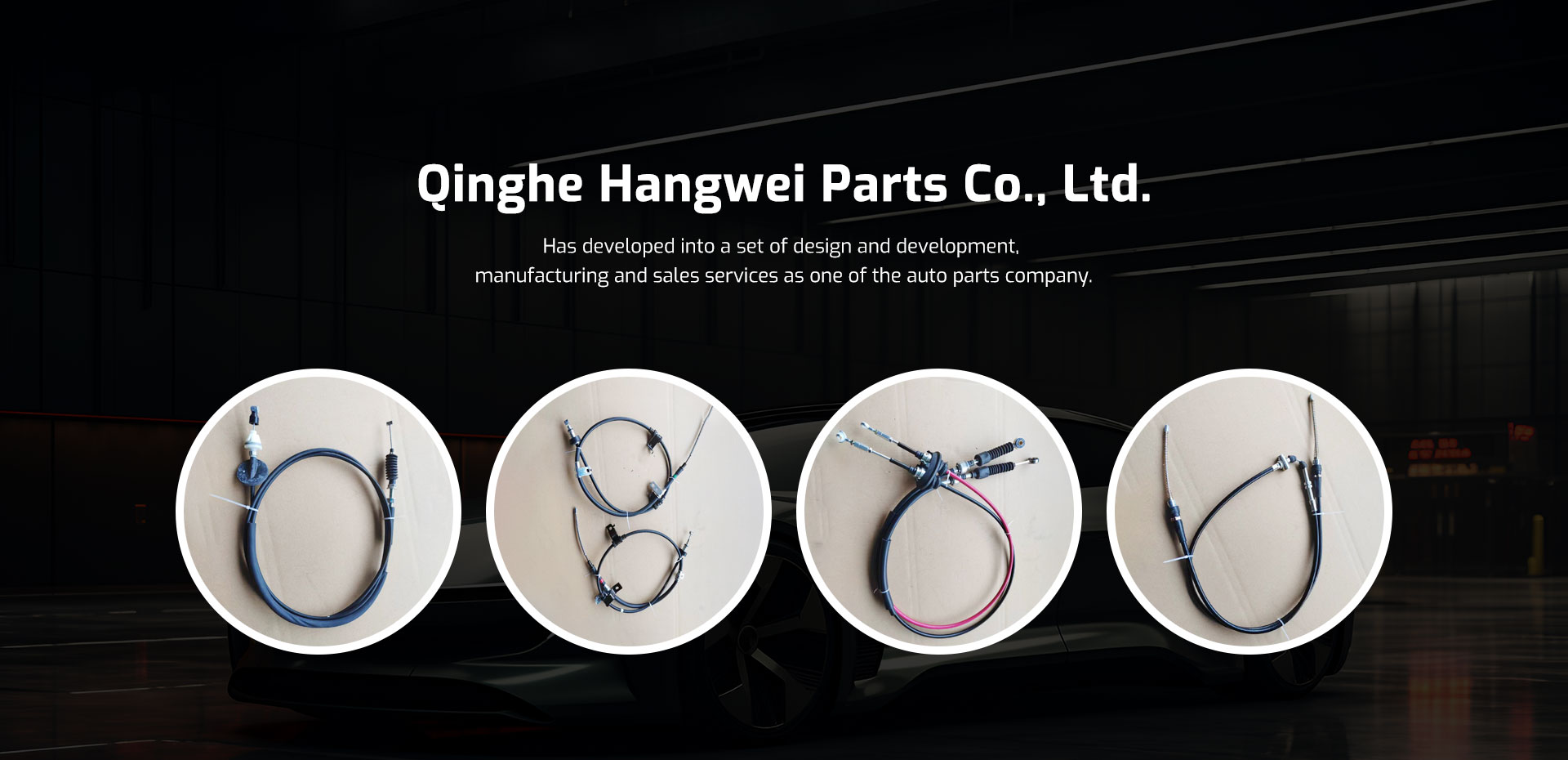hydraulic clutch hose
Understanding the Hydraulic Clutch Hose A Crucial Component for Performance and Safety
In the world of automotive engineering, the hydraulic clutch system plays a pivotal role in ensuring smooth gear transitions and effective vehicle control. At the heart of this system lies the hydraulic clutch hose, a critical component that facilitates hydraulic fluid transfer between the clutch master cylinder and the slave cylinder. This article delves into the importance, functioning, and maintenance of the hydraulic clutch hose, highlighting its significance in vehicle performance and safety.
The Function of the Hydraulic Clutch Hose
The hydraulic clutch hose is responsible for transporting hydraulic fluid under pressure from the clutch master cylinder to the slave cylinder. When the driver engages the clutch pedal, it activates the master cylinder, which pressurizes the hydraulic fluid and pushes it through the hose to the slave cylinder. The slave cylinder then operates the clutch mechanism, allowing for smooth engagement and disengagement of the clutch disc and flywheel. This hydraulic action eliminates the need for mechanical linkages, resulting in more effective and responsive clutch operation.
Material and Design Considerations
Hydraulic clutch hoses are typically made from high-quality materials capable of withstanding high pressure and temperature fluctuations. Commonly, they are constructed from reinforced rubber or synthetic materials, which provide flexibility while ensuring durability and resistance to wear and tear. Additionally, many manufacturers design these hoses with a braided steel reinforcement layer that adds further strength and protection against bursting or leaking, crucial for maintaining safe operation over time.
Signs of Wear and Potential Issues
Like any other component in a vehicle, hydraulic clutch hoses can experience wear and deterioration over time. Some common signs that may indicate the need for inspection or replacement include
1. Fluid Leaks Any visible hydraulic fluid leaking around the hose or from the clutch system is a significant red flag. Fluid loss can lead to reduced pressure in the system and ultimately result in clutch failure.
2. Visible Cracks or Bulges Inspecting the hose for any visible damage, such as cracks, bulges, or abrasions, can provide early warning signs of potential issues. Damaged hoses may weaken and lead to catastrophic failure if not addressed promptly.
hydraulic clutch hose

3. Spongy Clutch Pedal A sudden change in clutch pedal feel—specifically, a spongy or unresponsive pedal—can indicate a problem with the hydraulic system. This could be due to air trapped in the hose or a failure in the clutch hydraulic components.
Maintenance Tips
Proper maintenance of the hydraulic clutch system can prolong the life of the clutch hose and ensure optimal performance
. Here are some essential tips1. Regular Inspections Frequently check the condition of the hydraulic clutch hose for any signs of wear, leaks, or damage. Catching issues early can prevent more severe problems down the line.
2. Fluid Checks Maintain the appropriate hydraulic fluid levels and ensure the fluid is clean. Contaminated or low fluid levels can lead to clutch problems and hinder performance.
3. Professional Servicing For those unsure about diagnosing or addressing issues with the hydraulic clutch system, consulting a professional mechanic is always advisable. They can provide thorough inspections and necessary repairs or replacements.
The Importance of Quality Replacement Parts
When it comes time to replace a worn or damaged hydraulic clutch hose, opting for high-quality replacement parts is paramount. Using substandard parts can compromise the performance of the entire hydraulic system, increasing the risk of failure and potentially leading to dangerous driving conditions. Investing in quality components from reputable manufacturers ensures better durability and reliability.
Conclusion
The hydraulic clutch hose may seem like a small part of the larger clutch system, but its importance cannot be understated. It plays a crucial role in ensuring the smooth operation of the clutch, contributing to safer driving experiences and enhanced vehicle performance. Regular maintenance and timely replacement of worn hoses not only prolongs the life of the vehicle but also safeguards the safety of the driver and passengers. In the world of automotive safety and performance, every component counts, and the hydraulic clutch hose is no exception.
-
Workings of Clutch Pipe and Hose SystemsNewsJun.04,2025
-
The Inner Workings of Hand Brake Cable SystemsNewsJun.04,2025
-
The Secrets of Throttle and Accelerator CablesNewsJun.04,2025
-
The Hidden Lifeline of Your Transmission Gear Shift CablesNewsJun.04,2025
-
Demystifying Gear Cables and Shift LinkagesNewsJun.04,2025
-
Decoding Clutch Line Systems A Comprehensive GuideNewsJun.04,2025
